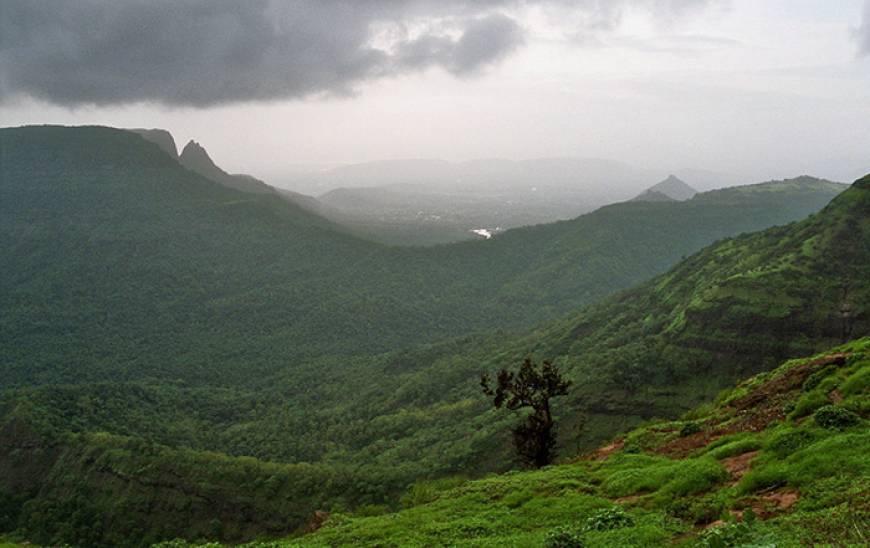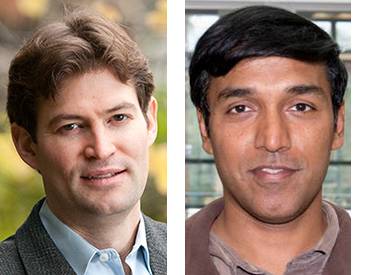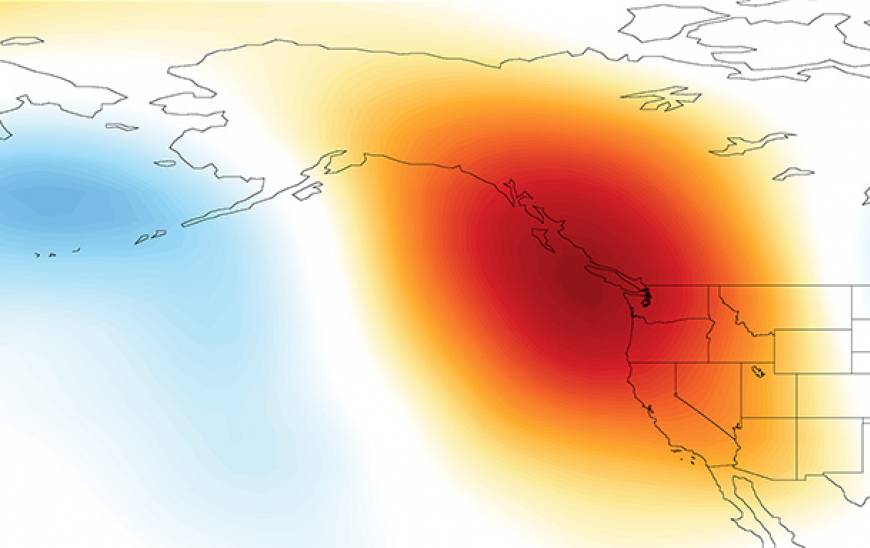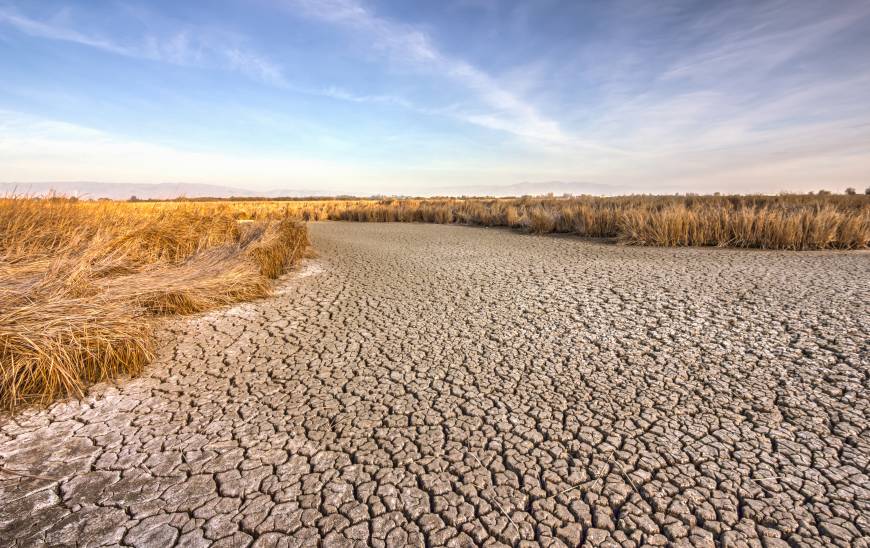The Stanford School of Earth, Energy & Environmental Sciences is now part of the Stanford Doerr School of Sustainability.
This page is currently being maintained for archival purposes only. For the latest information, please visit us here.
Innovative Approach Produces Climate Breakthroughs
Scientists are encouraged to challenge established notions and past assumptions, but sometimes it pays to question the tools of science themselves.
Stanford School of Earth, Energy & Environmental Sciences
June 8, 2015
Stephanie Pasteur

A storm sweeps over India’s Western Ghats mountain range during monsoon season.

Professors Noah Diffenbaugh and Bala Rajaratnam
Professor Noah Diffenbaugh recently wondered whether there was a better way to analyze the predictions made by climate change simulations. To study how humans are changing Earth’s climate, scientists rely on sophisticated computer models that simulate the complex interactions between water, air, land, and ice, and they use statistical tools to assign a confidence level to the models’ predictions.
"To understand what the real world is doing, you need to have the correct statistical tools," says Diffenbaugh, an associate professor in the Department of Earth System Science.
Until recently, most climatologists have relied on "off-the-shelf" statistical tools originally devised for biology, medicine, and other unrelated fields. But those tools are not particularly well suited to addressing questions related to climate change, in part because they typically assume that events happen independently of one another. They ignore so-called spatial and temporal relationships—for example, the fact that rain today means a higher chance of rain tomorrow because a storm system is already in place.
“This is an event that is more extreme than any in the observed record, and our research suggests that global warming is playing a role.”
Professor Noah Diffenbaugh
Seeking an alternative approach, Diffenbaugh collaborated with Bala Rajaratnam, an assistant professor with a joint appointment in the Departments of Statistics and Environmental Earth System Science, to improve existing statistical tools—and in some cases develop new ones—to address the unique statistical questions that often arise in the geosciences.
Courtesy of Daniel Swain

In 2014, the Stanford team used a novel combination of computer simulations and statistical techniques to show that a persistent region of high atmospheric pressure hovering over the Pacific Ocean that diverted storms away from California was much more likely to form in the presence of modern greenhouse gas concentrations.
Rajaratnam's work at the interface of environmental science and the quantitative sciences has led to the development of novel methods that can go a long way toward answering societally relevant questions.
Diffenbaugh predicts that this will become more commonplace. "I think we will see more people trying to refine their statistical approaches as the field evolves," he says.
So far, the collaboration has been a very fruitful one. In collaboration with Rajaratnam’s research group, Diffenbaugh's team has used the improved techniques to provide statistical confirmation of data showing that climate change is very likely increasing the probability of extreme weather events such as monsoons in India and droughts in California.
In September 2015, they revealed evidence that an apparent pause, or “hiatus,” in the rate of global warming was anartifact of the older statistical methods.
"This isn’t a projection of 100 years in the future," says Diffenbaugh. "This is an event that is more extreme than any in the observed record, and our research suggests that global warming is playing a role right now."
Nvelichko/Shutterstock




